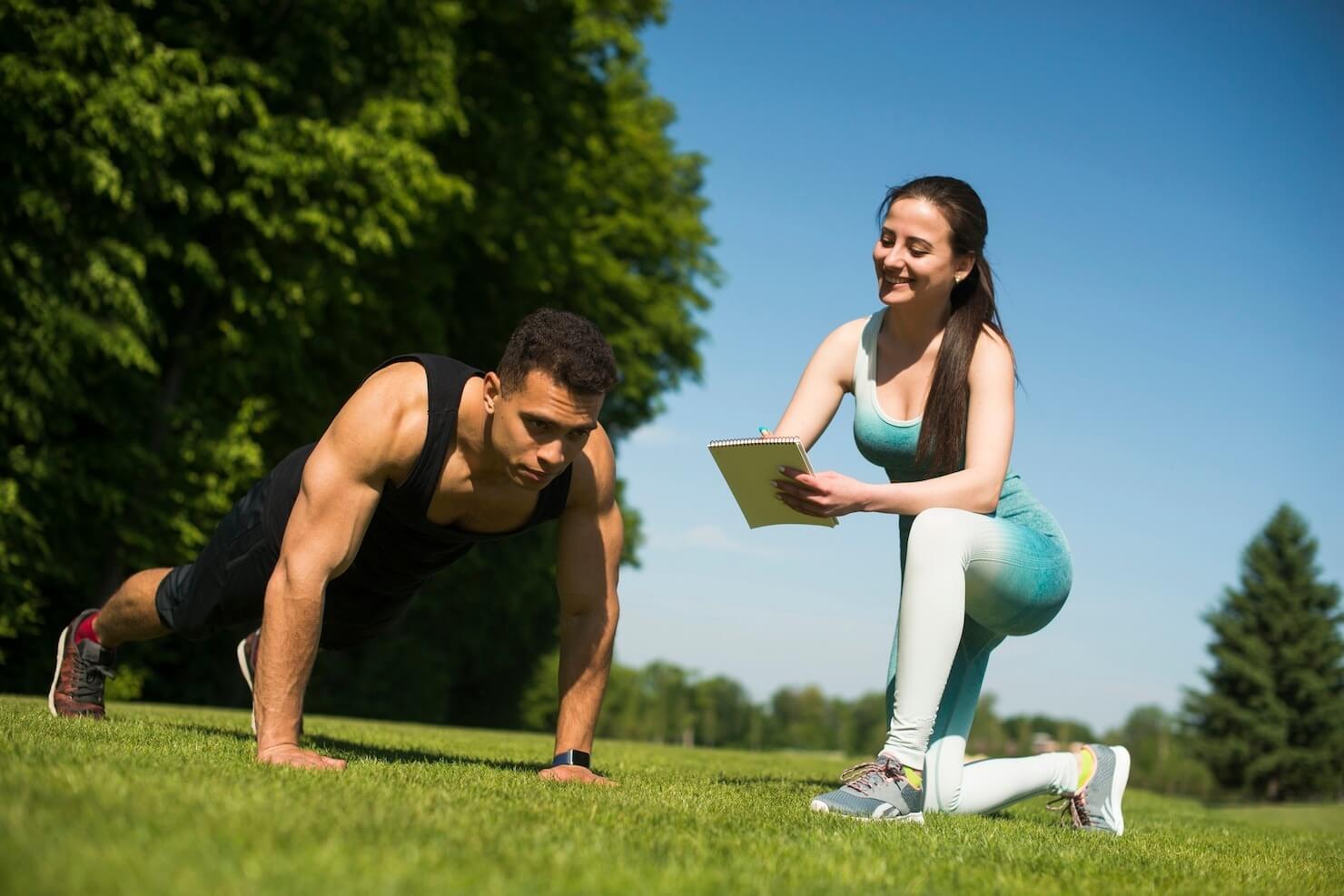In today’s fast-paced world, daily stress has become an inevitable part of life. From work pressures to personal commitments, managing stress can feel overwhelming. While some stress is normal, chronic stress can take a toll on both physical and mental health. One powerful tool for managing and reducing stress is mindfulness. Rooted in ancient practices, mindfulness helps individuals stay grounded, fostering a sense of calm and balance amid life’s chaos. This article explores mindfulness techniques that you can incorporate into your daily routine to reduce stress and improve overall well-being.
What is Mindfulness?
Mindfulness is the practice of paying full attention to the present moment without judgment. It involves observing your thoughts, feelings, bodily sensations, and environment in a non-reactive way. Rather than dwelling on the past or worrying about the future, mindfulness helps you stay in the “here and now.”
Studies have shown that practicing mindfulness can reduce stress, lower blood pressure, improve focus, and enhance emotional regulation. Regular mindfulness practice has even been linked to improved mental health outcomes, such as reduced symptoms of anxiety and depression.
1. Mindful Breathing

One of the simplest yet most effective mindfulness techniques is mindful breathing. By focusing solely on your breath, you can quiet the mind and anchor yourself in the present moment.
How to Practice Mindful Breathing:
- Find a quiet space and sit in a comfortable position.
- Close your eyes and begin to breathe deeply through your nose.
- Focus on the sensation of your breath as it enters and leaves your body.
- Notice how your chest or belly rises and falls with each breath.
- If your mind starts to wander, gently bring your attention back to your breath.
Practicing mindful breathing for just five minutes a day can help reduce stress and improve mental clarity. This technique is particularly helpful when you’re feeling overwhelmed or anxious.
2. Body Scan Meditation
The body scan meditation is a powerful mindfulness exercise that helps you connect with your physical sensations. It promotes relaxation and helps you become more aware of tension in different parts of your body.
How to Perform a Body Scan Meditation:
- Lie down or sit comfortably and close your eyes.
- Start by focusing on your toes, and slowly move your attention upward through your feet, legs, abdomen, chest, arms, and head.
- As you scan each part of your body, notice any sensations—whether it’s tension, warmth, or discomfort.
- If you notice areas of tension, consciously relax that part of your body.
- Continue scanning your body for about 10 to 15 minutes.
The body scan meditation is particularly useful for reducing physical stress and improving sleep quality. It helps you become more in tune with your body and identify areas of chronic tension.
3. Mindful Walking

Mindful walking combines physical movement with mindfulness. This practice helps reduce stress by encouraging you to focus on your surroundings and bodily sensations while walking. It can be done anywhere—whether you’re walking in nature, around your neighborhood, or even indoors.
How to Practice Mindful Walking:
- Begin walking at a comfortable pace.
- Focus on the sensation of your feet touching the ground with each step.
- Notice how your body moves, the rhythm of your breath, and the feel of the air on your skin.
- Pay attention to your surroundings—the sights, sounds, and smells.
- If your mind wanders, gently bring your focus back to the act of walking.
Mindful walking not only helps you stay physically active but also provides a sense of peace and clarity. It can be an effective way to de-stress during a busy day.
4. Mindful Eating

Mindful eating encourages you to be fully present while enjoying your meals. It’s about savoring each bite, paying attention to the flavors, textures, and smells, and recognizing hunger and fullness cues.
How to Practice Mindful Eating:
- Begin by taking a moment to appreciate your food—notice the colors, textures, and aroma.
- Take small bites and chew slowly, fully experiencing each flavor.
- Avoid distractions like watching TV or scrolling through your phone.
- Tune into how your body feels during the meal and stop eating when you feel satisfied.
Practicing mindful eating can help reduce stress related to eating habits, prevent overeating, and improve digestion. It also fosters a deeper appreciation for food and enhances the overall eating experience.
5. Loving-Kindness Meditation
Loving-kindness meditation is a mindfulness practice focused on cultivating compassion, both for yourself and others. By directing kind and positive thoughts toward yourself and those around you, this meditation can reduce feelings of stress, anger, and frustration.
How to Practice Loving-Kindness Meditation:
- Sit comfortably and close your eyes.
- Begin by silently repeating phrases like “May I be happy,” “May I be healthy,” and “May I be at peace.”
- After a few minutes, expand these wishes to others—first to loved ones, then acquaintances, and finally, to all living beings.
- Continue this practice for 10 to 15 minutes, focusing on feelings of compassion and kindness.
Loving-kindness meditation promotes emotional resilience and helps you let go of negative emotions. It can reduce stress and enhance relationships by fostering a sense of empathy and connectedness.
6. Five-Senses Grounding Exercise
The five-senses grounding exercise is a quick and effective mindfulness technique that can help you stay grounded in the present moment, especially during times of high stress.
How to Perform the Five-Senses Grounding Exercise:
- Begin by taking a deep breath.
- Look around and identify five things you can see.
- Identify four things you can physically feel (e.g., the texture of your clothes or the ground beneath your feet).
- Listen and identify three sounds in your environment.
- Identify two things you can smell.
- Lastly, notice one thing you can taste (e.g., a sip of water or the lingering taste in your mouth).
This technique can quickly bring you back to the present moment and reduce feelings of anxiety or overwhelm.
7. Mindfulness in Daily Activities

Mindfulness doesn’t have to be limited to formal meditation sessions. You can incorporate mindfulness into everyday activities like washing dishes, folding laundry, or even driving.
How to Incorporate Mindfulness in Daily Tasks:
- Focus fully on the task at hand. For example, when washing dishes, notice the feel of the water, the texture of the soap, and the sound of running water.
- Avoid multitasking and try to give your full attention to one task at a time.
- If your mind begins to wander, gently bring your focus back to the present task.
Incorporating mindfulness into daily tasks can transform mundane activities into moments of calm and clarity, helping to reduce stress throughout the day.
Conclusion
Mindfulness is a powerful tool for managing stress and promoting emotional well-being. By incorporating mindfulness techniques like mindful breathing, walking, and body scan meditation into your daily routine, you can foster a deeper sense of peace and balance. These practices are simple yet transformative, allowing you to respond to life’s challenges with greater clarity and calm. Whether you’re looking to reduce work-related stress, improve your mental health, or simply find moments of tranquility in your day, mindfulness can be an invaluable ally.
Frequently Asked Questions (FAQs)
Q1: How often should I practice mindfulness to see results?
You can start with just 5-10 minutes of mindfulness practice each day and gradually increase the duration as you become more comfortable. The key is consistency—practicing mindfulness regularly will yield better results over time.
Q2: Can mindfulness help with anxiety?
Yes, mindfulness has been shown to help reduce symptoms of anxiety. By focusing on the present moment and cultivating a non-judgmental awareness of thoughts and feelings, mindfulness helps break the cycle of worry and anxiety.
Q3: Is mindfulness the same as meditation?
Mindfulness is a form of meditation, but it can also be practiced outside of formal meditation sessions. You can apply mindfulness to everyday activities like eating, walking, or even working.
Q4: What’s the best time of day to practice mindfulness?
There’s no “best” time to practice mindfulness—it depends on what works for you. Some people prefer practicing mindfulness in the morning to set a calm tone for the day, while others find it helpful before bed to unwind.
Q5: Do I need any special equipment to practice mindfulness?
No special equipment is required. All you need is a quiet space and a few minutes of uninterrupted time to focus. Mindfulness can be practiced anywhere, making it accessible to everyone.




